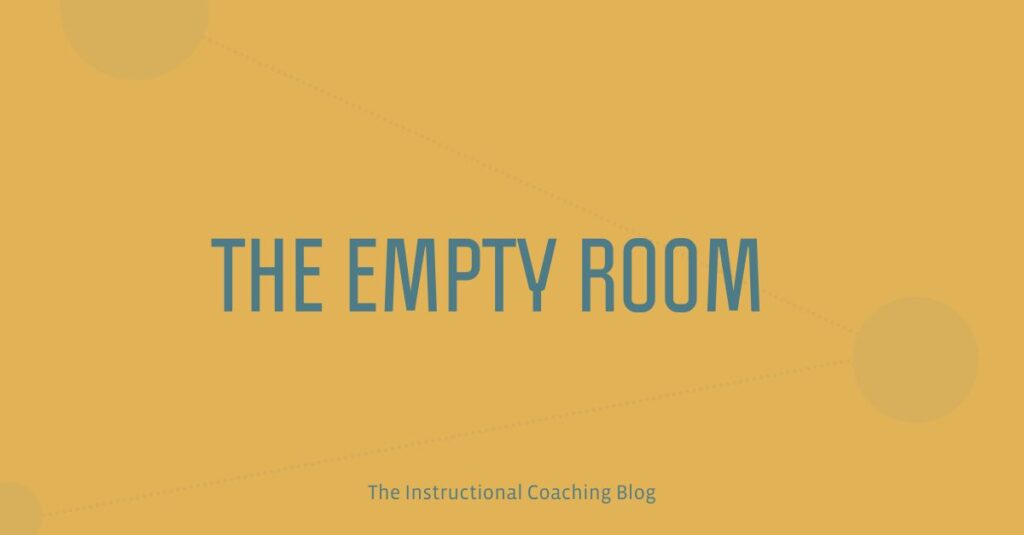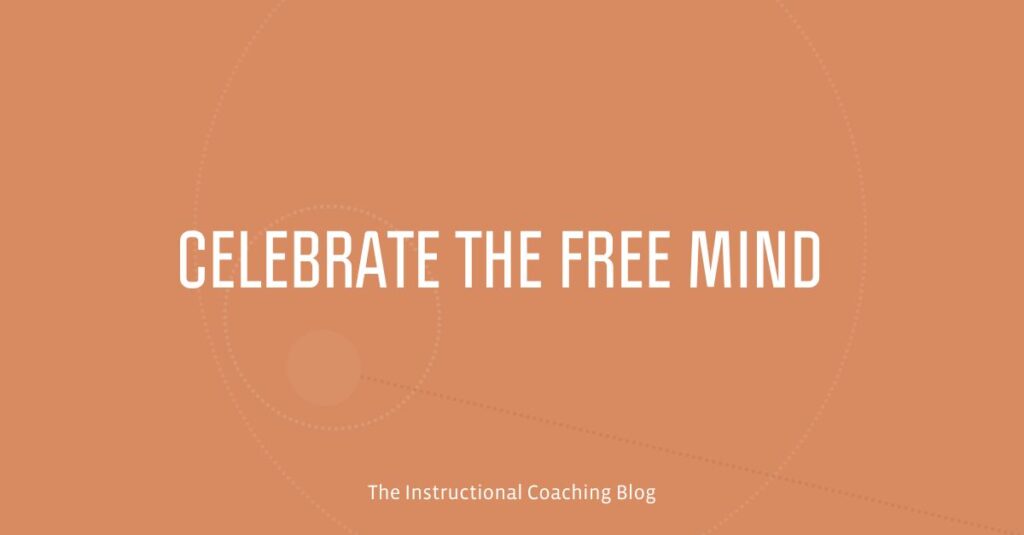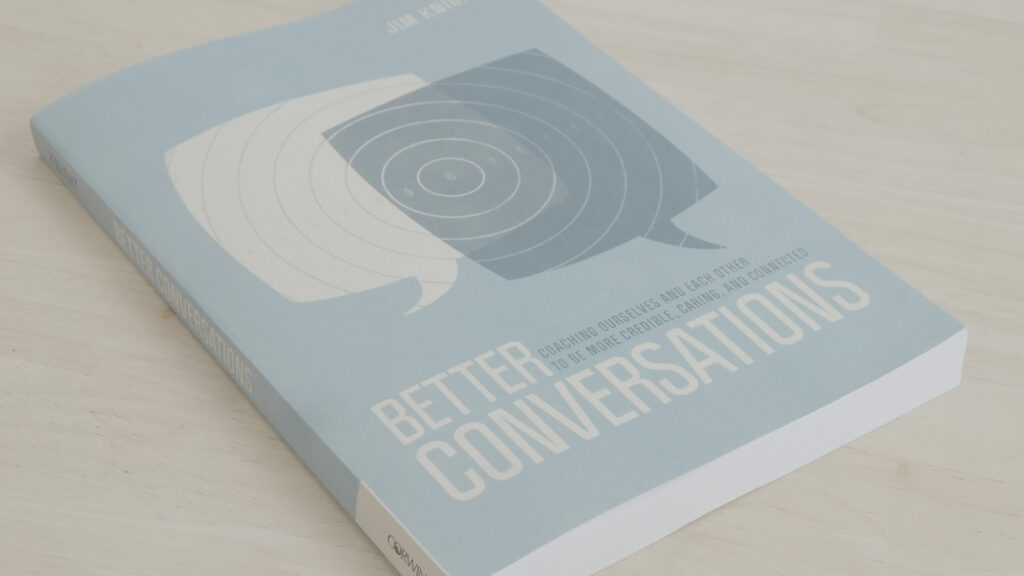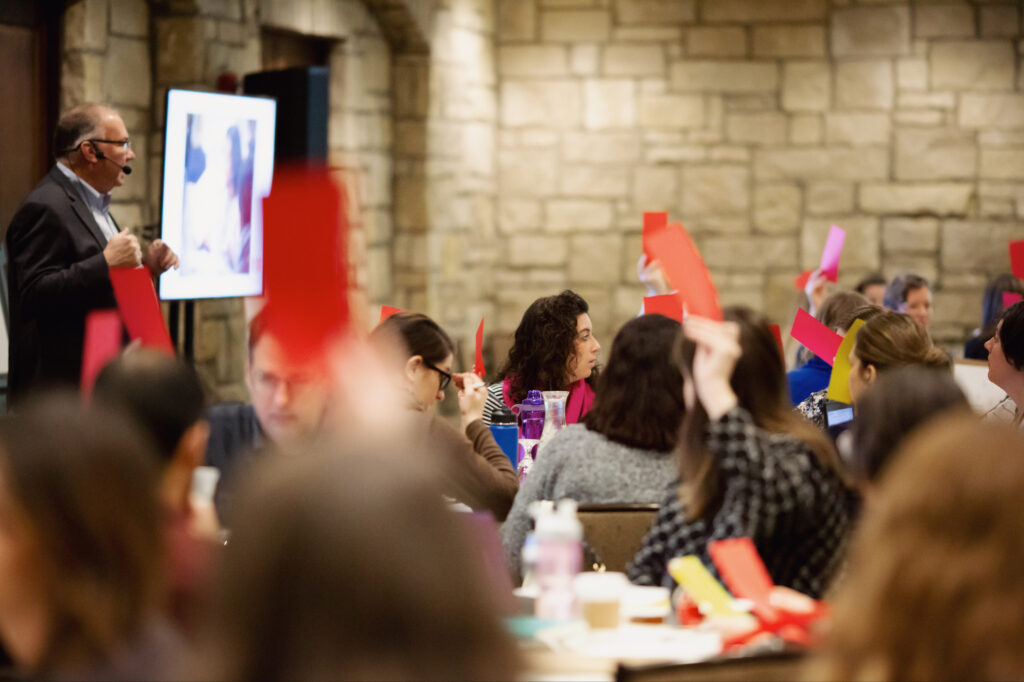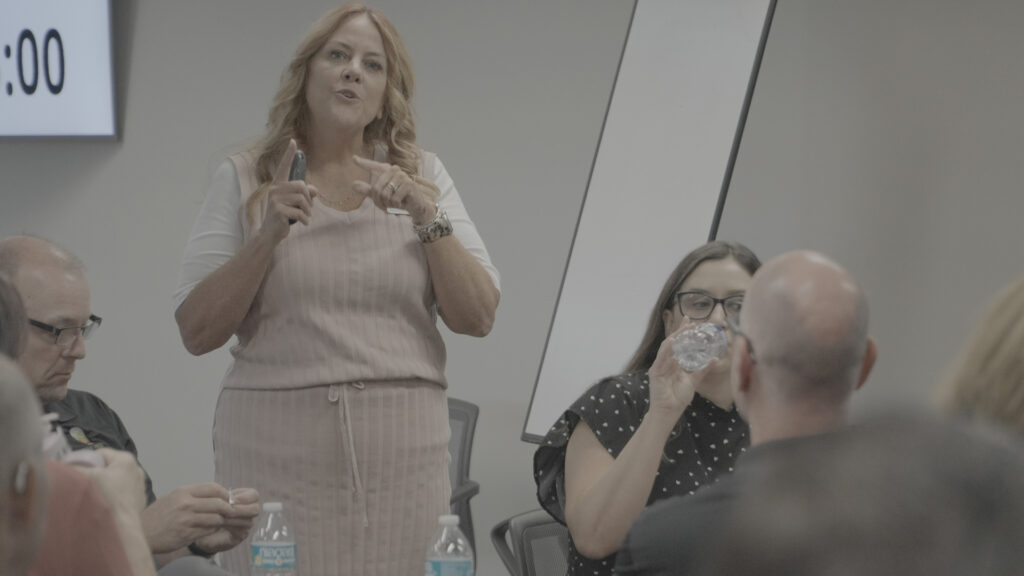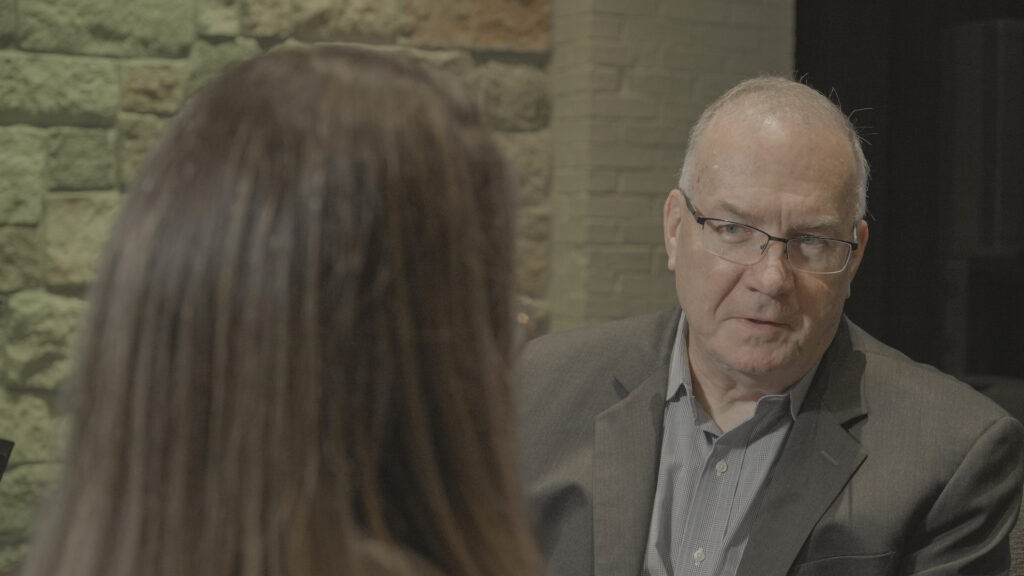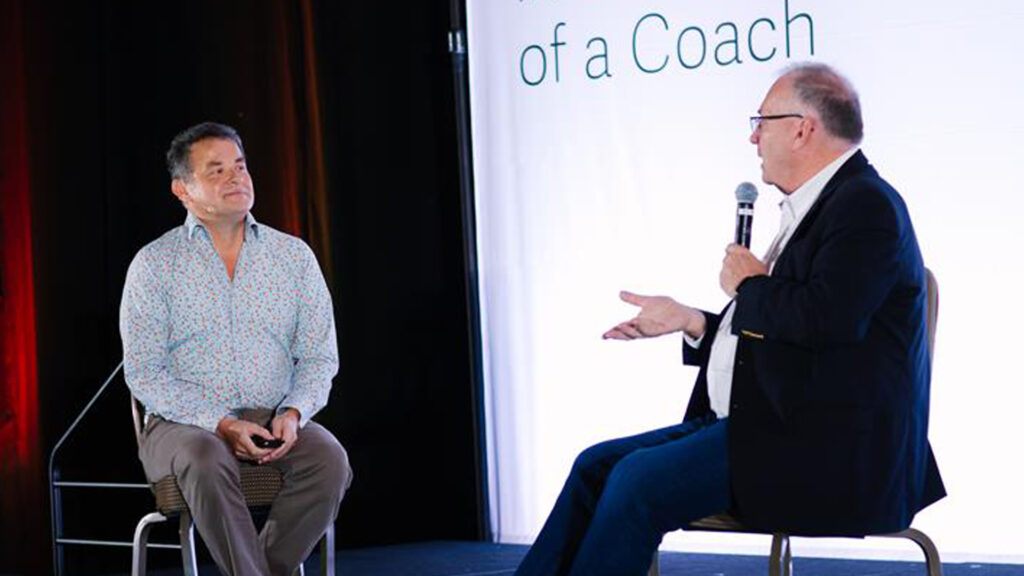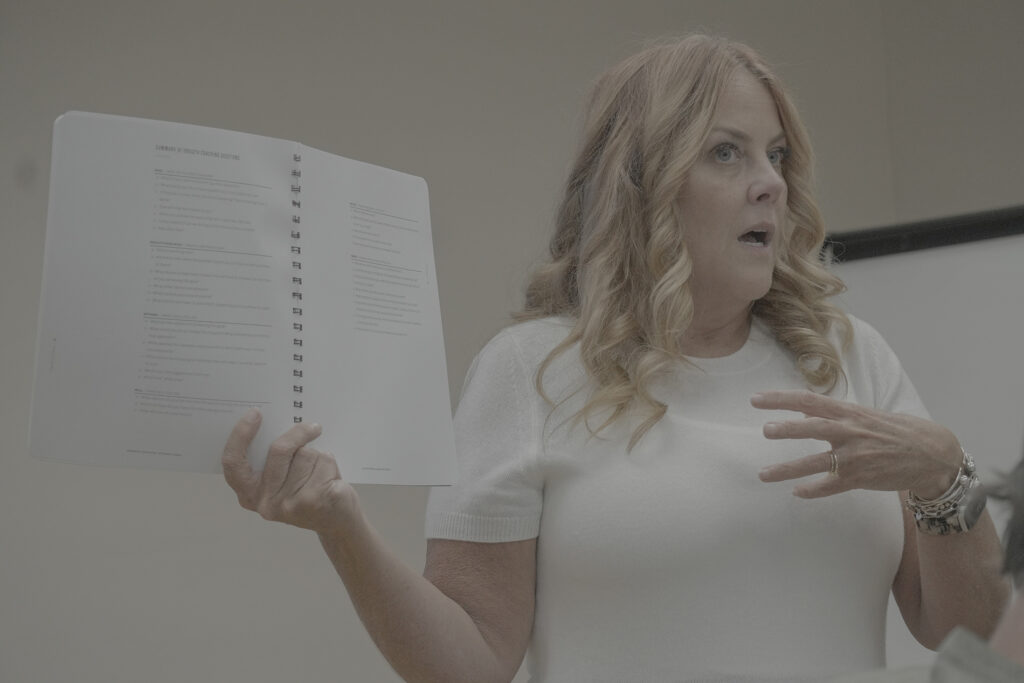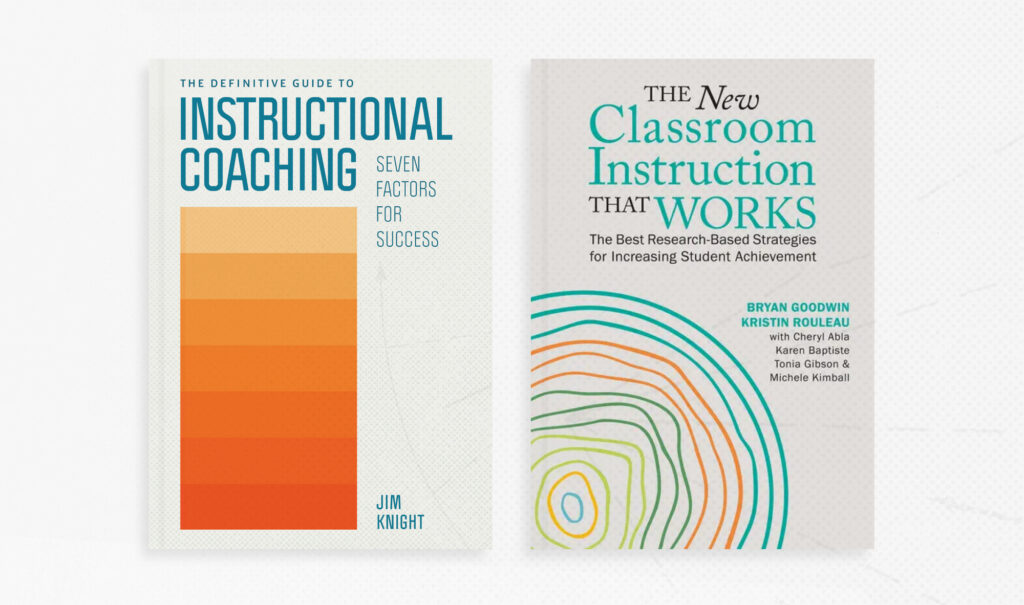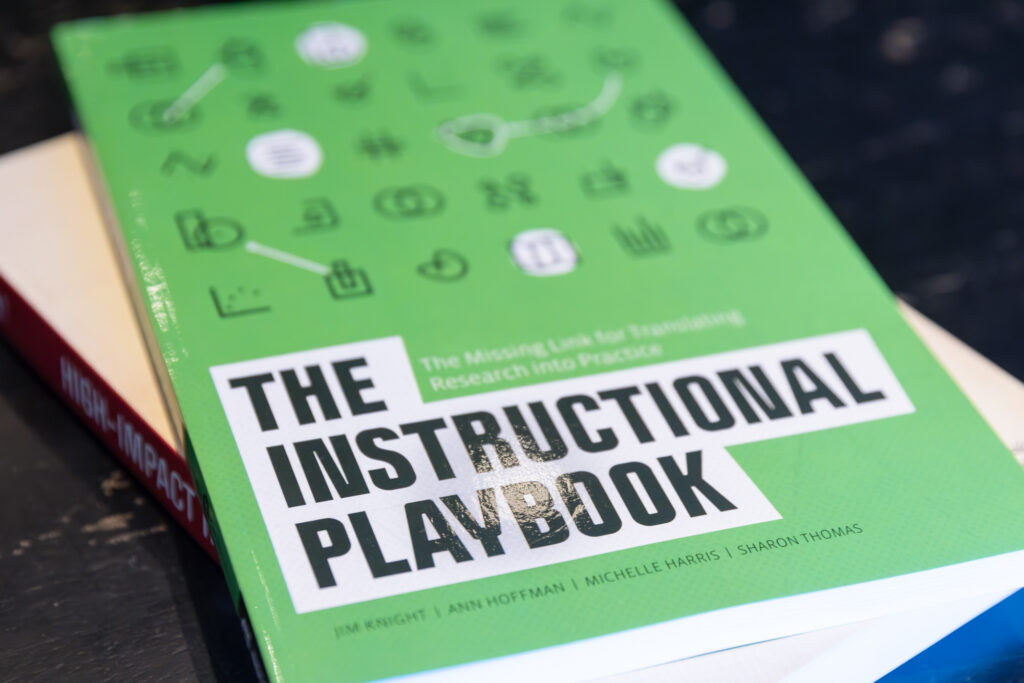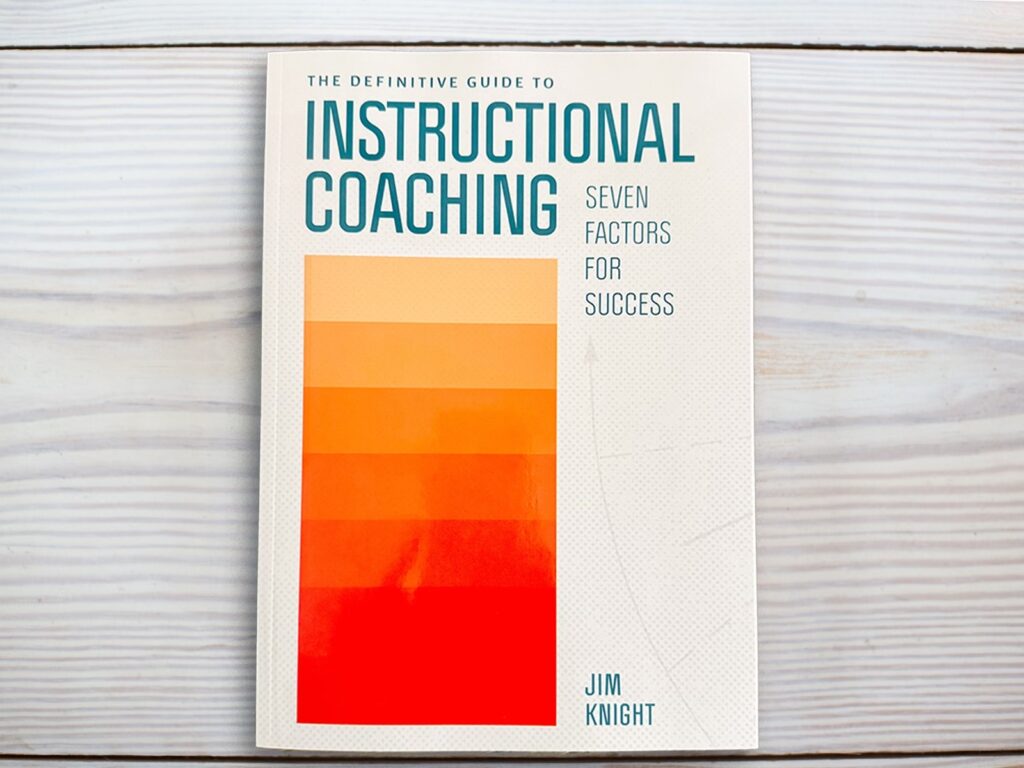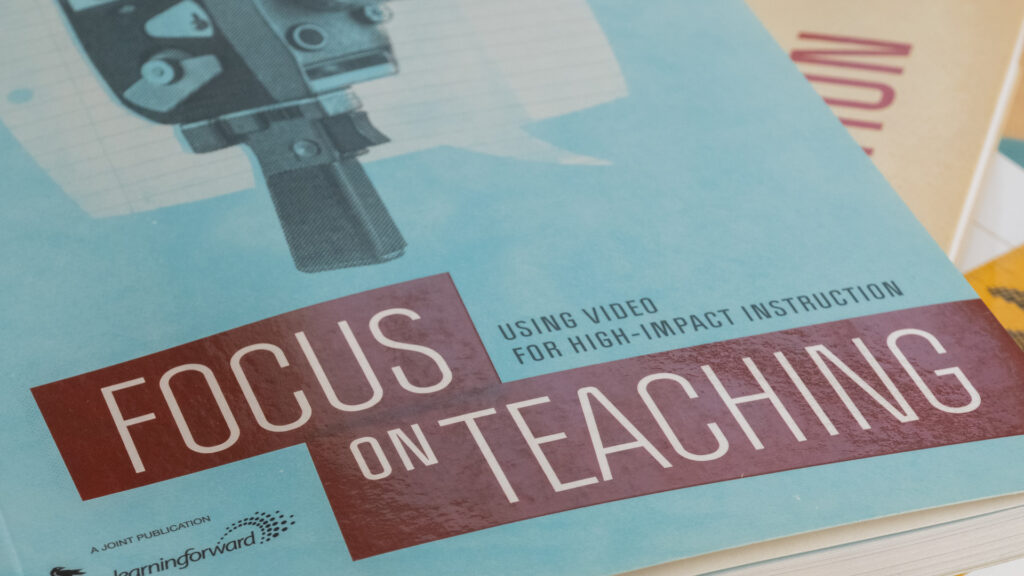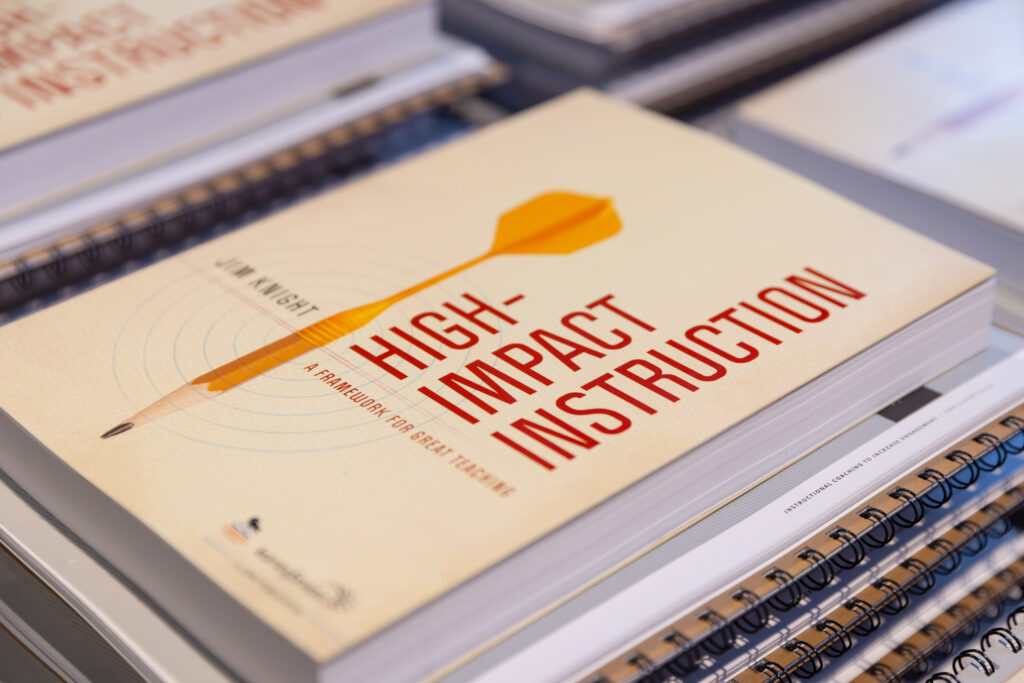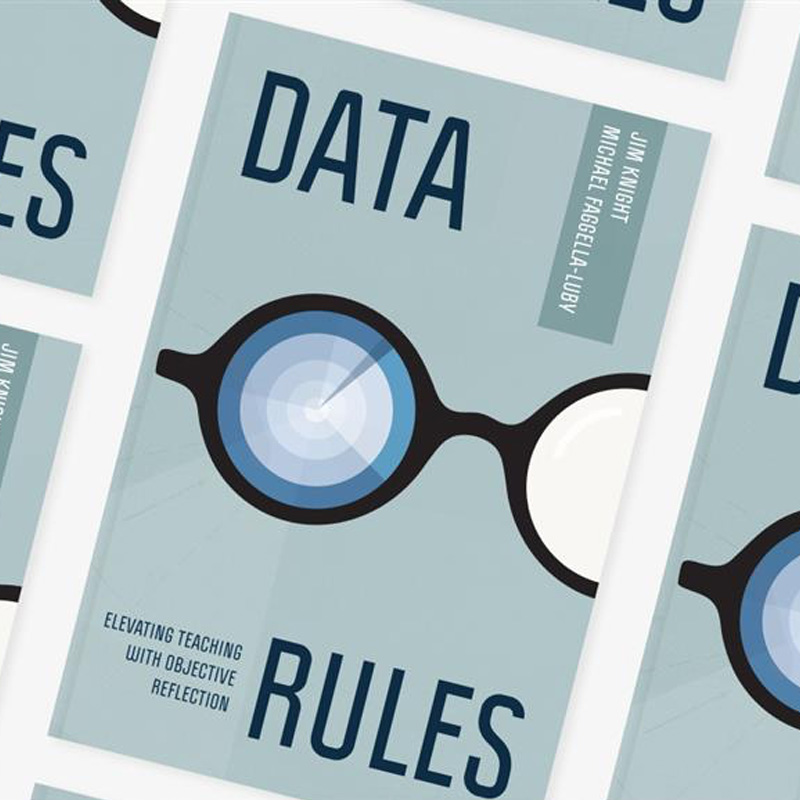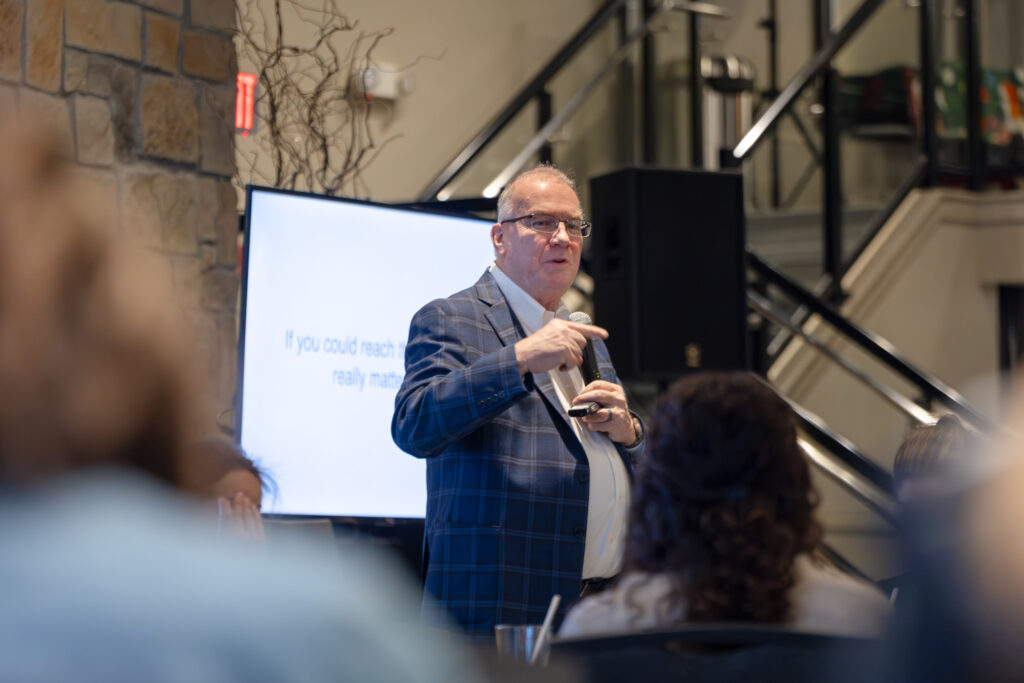The following post has been adapted and condensed from a piece written by Jim Knight in ICG’s brand new Instructional Coaching Planner.
—–
Coaches who understand their purpose and make good decisions about their work are more likely to have a positive impact on educators and students. But in addition to skills and knowledge, they need enough time to do so. It is hard to do the right thing when you don’t have enough time to do it.

In the past few years, as we have surveyed hundreds of coaches to learn about their experiences working in schools, the most frequent comment we hear is that they don’t have enough time to coach. Unfortunately, when they try to do more than is humanly possible, many coaches end up feeling that they haven’t done anything well. In fact, insufficient time is likely one of the main reasons coaches leave the profession.
Given the available time, however limited, it is particularly important to manage it well. Managing time involves two dimensions: external and internal.
The external dimension of time management refers to all of the tasks you have to do that are outside of your control. In addition, it is important that administrators partner with coaches to ensure that external demands on coaches’ time don’t sabotage the coaches’ effort.
The internal dimension of time management refers to those factors that coaches can control, the strategies you can use to set intentions, make plans, organize your calendar, reflect and learn. This dimension of time management can occur at five levels:
- Big Picture
- Middle View
- Weekly
- Daily
- Review
Big Picture
Ayse Birsel, in Design the Life You Love (2015), suggests we design a life map that depicts the most important parts of our lives in order to see the big picture. To that end, she suggests we start our map by listing the “ingredients” of our lives and then expand out from those main building blocks by adding additional words to the life map.
In our own work, we have interviewed many coaches who use lists to organize their lives. Like them, you may want to write a list that expands on your life’s ingredients. Whether you use maps or lists, these tools help you see the broad sweep of your life before you write down what you have to do in the years, months, weeks, and days ahead.
Middle View
Once you understand your big picture, you can start to make more specific action plans for the year, quarter, and month. One way to do this is to create an annual list of benchmarks for the ingredients of your life. You may not want or have the time (ironically!) to do this kind of planning, so you may wish to skip to weekly or daily planning. It is important to create a system that works best for you.
One powerful strategy—whether you do it for the year, quarter, month, week, or day—is to make appointments with yourself on your planner pages that show when you will actually do what you’ve identified as something you have to do.
Nir Eyal (2019) refers to this as time blocking. For example, if you want to learn about a new strategy, create a video, write a paper for a graduate course, or even plan your year, you need to make time for that as an appointment on your calendar. If something doesn’t fit on your calendar, then you need to reflect on your priorities and identify what you need to give up to ensure that you are doing what is most important or necessary. What is critical to remember here is that an appointment with yourself is just as important as any other appointment on your calendar. Once you make the appointment, it’s carved in stone.
Weekly
Mapping, lists, and time blocking can be used for weekly planning. I like to organize my weekly map around my life’s ingredients, but I also often make lists that include the people, roles, and projects I’m working on or with. For example, many coaches list all the teachers they are partnering with and then list the tasks they have to complete for each one.
As Goethe famously said, “Things which matter most must never be at the mercy of things which matter least.”
In my experience, time blocking is the most important part of the weekly plan. If you fail to book an appointment on your calendar to do the most important tasks, the open slots will be picked off by less important tasks before you know it.
Daily
Almost every time-management guru suggests identifying the 2-4 most important tasks (MITs) you need to accomplish every day and then making sure that you do these key tasks, no matter what else happens each day. Instead, of in addition to MITs, coaches may prefer to identify MVPs—most valuable people with whom they need to partner.
Review
Before you plan your day, you may want to look back on the previous one to consider whether or not you need to change anything. The following After-Action Review questions may be all you need for this reflection:
- What was supposed to happen?
- What really happened?
- What accounts for the difference?
- What will I do differently today?
Alternatively, you may want to consider Martin Seligman’s (2012) acronym for a flourishing life PERMA:
- How positive was my day?
- How engaged was I?
- How healthy were my relationships?
- How meaningful were my activities?
- What did I accomplish?
As with every other aspect of adaptive time management, you’ll want to choose your own questions so that you can create a system that works best for you.
One last thing to consider is the extent to which you hurried through your day. Theologian and former USC philosophy professor Dallas Willard noted that “we should take it as our aim to live our lives entirely without hurry.” “Hurry,” Willard said, “is a state of frantic effort one falls into in response to inadequacy, fear, and guilt” (in Comer, 2019, p. xiii).

While the goal of living “entirely without hurry” may be impossible for most of us, fortunately, there are steps we can take to reduce the hurry in our lives. We can build space into our calendar by giving ourselves extra time to get to appointments or complete tasks. We can find some kind of sanctuary where we can unplug and take a mental break. We can adopt a ritual such as a sabbath or a retreat. We can create no-screen zones in our home where phones, tablets, laptops, and video games are not allowed. Perhaps, most important, we can develop an effective strategy for saying no (see William Ury, The Power of a Positive No, 2007, for suggestions on how to decline invitations).
When we have the freedom and confidence to say no to others’ demands on our time, we can start to have the impact and life we really want to have.
